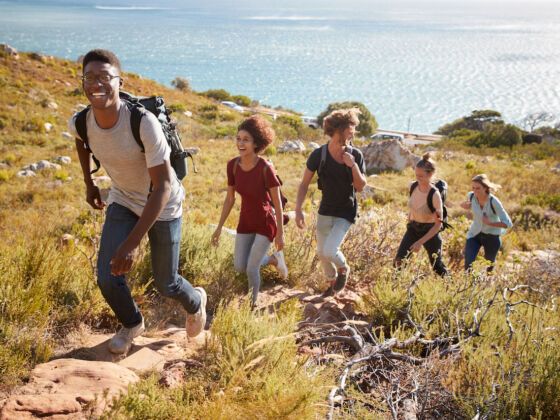In the US, 20% of national park visitors are from ethnic minorities compared with nearly 40% of the general population, according to the National Park Service (NPS).
In England, only 1% of national park visitors are from ethnic minorities (Natural England) compared with 14% of the general population (Office of National Statistics).
This disparity is repeated across a number of nations and has prompted the question: does the outdoors have a diversity problem?
Outside, the prominent magazine for outdoor enthusiasts, recently interviewed Ambreen Tariq who runs @brownpeoplecamping, an Instagram account which aims to “get people to rethink what being outdoorsy means”.
Ambreen’s interview in the magazine is titled To Diversify the Outdoors, We Have to Think About Who We’re Excluding and uses snippets of her Instagram posts which plead: “our public lands should be more inclusive and must reflect the diverse population and history of our country.”
This led me – a fellow outdoorsy brown girl – to wonder if we really are being excluded.
